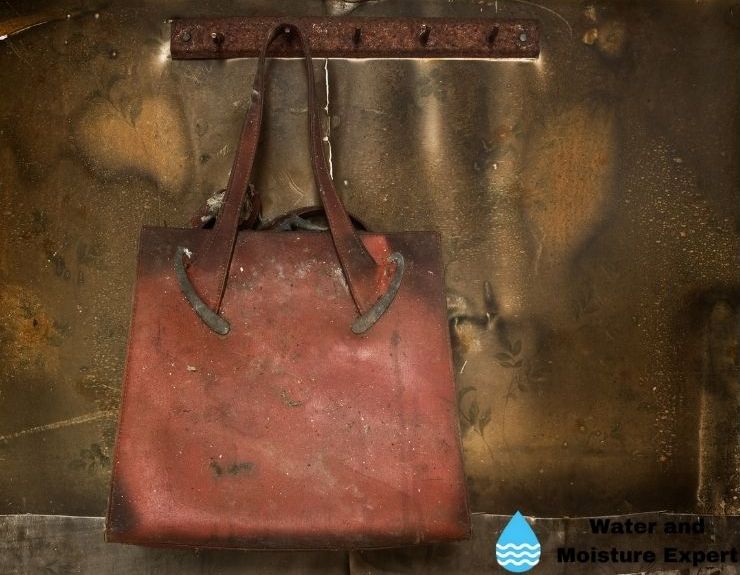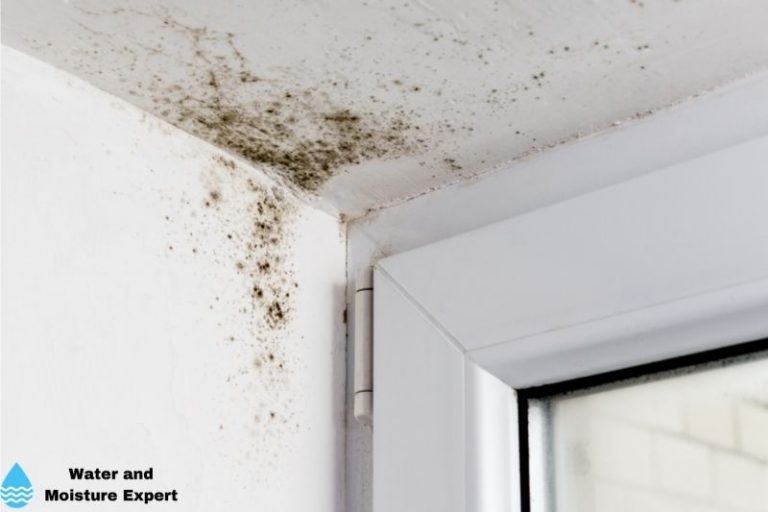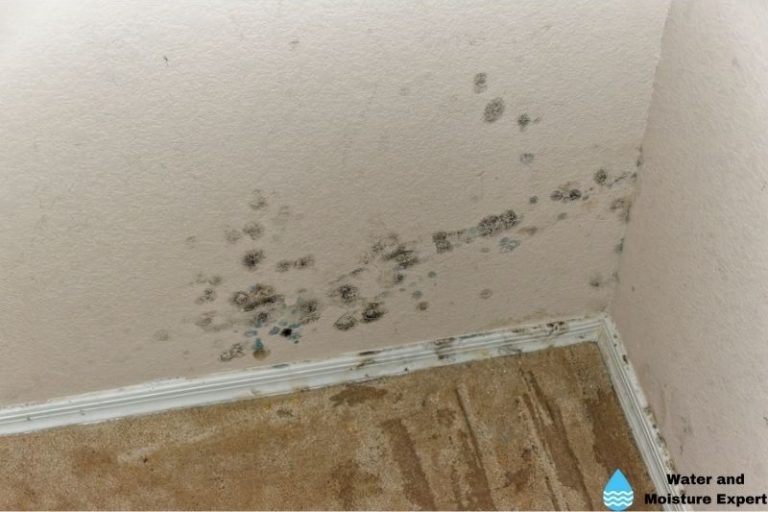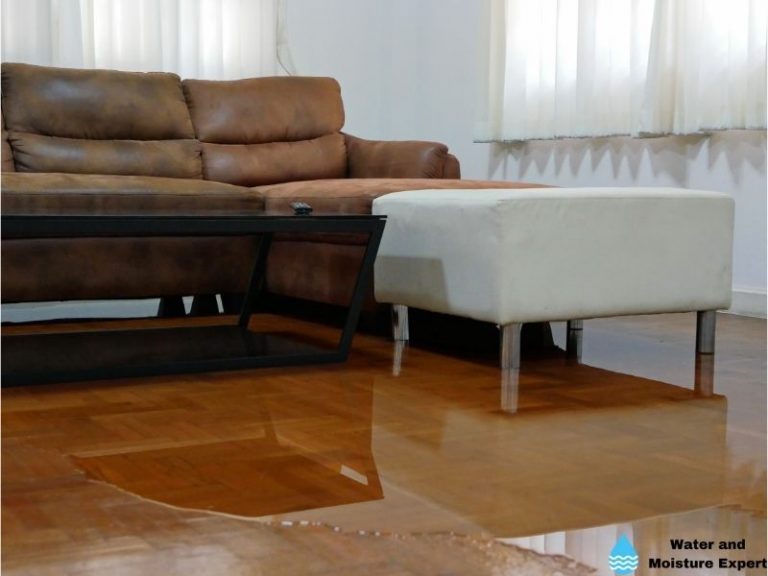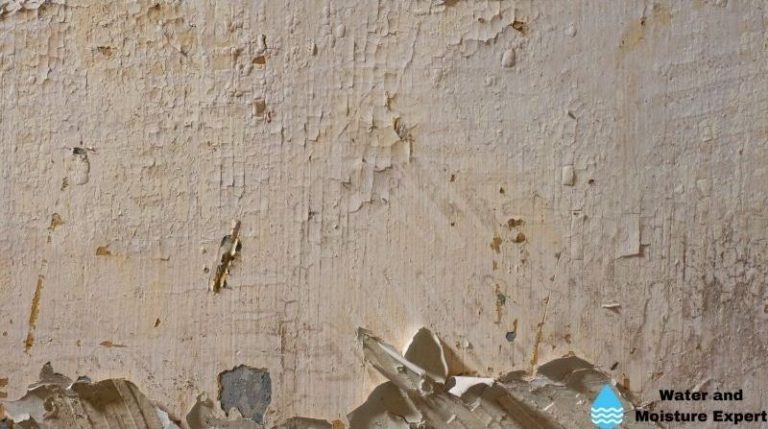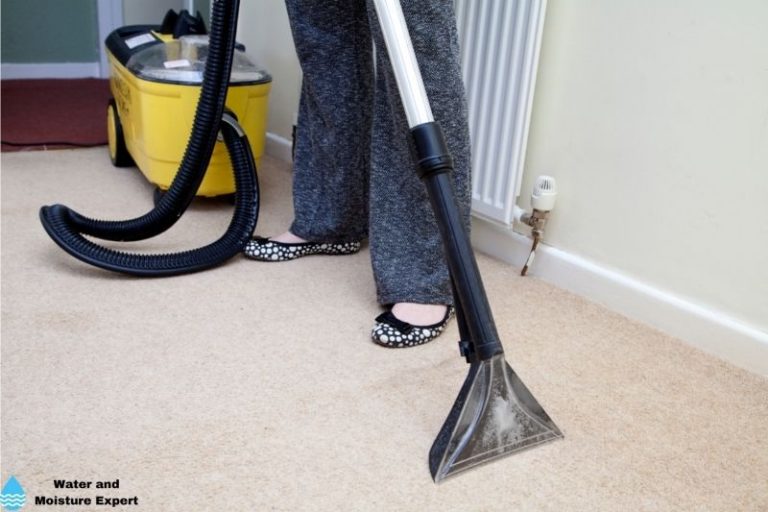Find Your Roof Leak. Tips from professionals
Finding out your roof is leaking can cause stress and lead to expensive repairs. The sooner you find the cause of the leak, the sooner you can start repairing it. It’s not always easy to tell that your roof is looking, so if you suspect there is damage, there could also be a leak. Keep these things in mind when trying to figure out if your roof is leaking and to help repair it or protect it until you can have it fixed by yourself or a professional.
Find Your Roof Leak:
Generally, the first step is to check the roof itself for any damage. The second step is to check the attic. If possible, check when it is raining, or use a hose. Look for stains and other signs of water damage. Sometimes the leak is close to the damage, but water can also flow quite a distance.
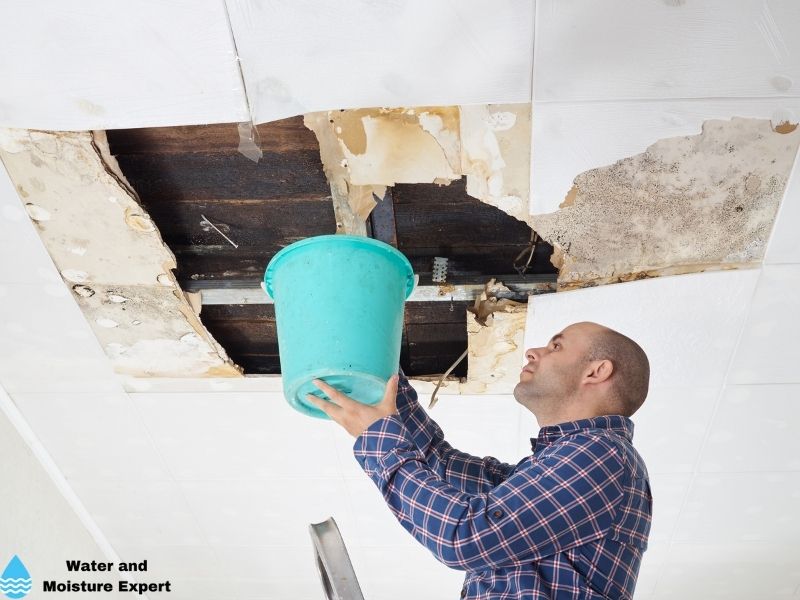
In this blog post, I will explain how to find your roof leak in more detail. Both with and without attic access. I will also answer some frequently asked questions, like finding a leak in a dormer roof and what roof areas are most likely to leak.
Contents
How Do I Find Out Where My Roof Is Leaking?
If you notice your roof is leaking, you may be in a hurry to repair it. The first thing you need to do is find out where the leak is coming from. That can be easier said than done and can take a close eye and some patience.
● Check The Attic
If you have an attic or a crawlspace in your home, you will need to go inside it to check for the leak. You may be able to notice the water leaking from the roof onto the floor of the attic or crawl space. Watch for drips and puddles or any other signs of damage. The attic is the first place the water will enter.
● Look For Stains
When water leaks in the same spot for long periods of time, it will cause a stain. This can look like brown or black circles or lines. If you can see these spots on your ceiling, the leak is likely right above them. But as water flows to a lower point, it can also mean that the leak is in a different area. I have seen water reach points that were far away from the leak.
● Check During A Rain
The best way to find a leak is to catch it happening. You can’t do that during dry weather, but you can during a storm. If you don’t want to wait until the next storm to start your repairs, you can also spray your roof with a water hose and look for the water leaking inside.
Keep in mind that if the leak is small, it can take some time before the water will be visible. It can even be after the rain is gone. If the leak is more significant, that will, of course, not be the case. Also, changing wind directions can mean that sometimes the leak seems gone, and it is back when the wind changes.
● Looks For Signs Of Water Damage
Check your home for interior signs of water damage. You may want to look at your walls for signs of water damage such as streaks, peeling wallpaper, or even cracked drywall. Pay attention to how your windows and doors are shutting too. Also, check floors for soft spots as some leaks can run down behind your walls and may not be noticeable.
How Do I Find A Roof Leak Without Attic Access?
The easiest way to find a leak in a home is through the attic, but not everyone has attic access. I have been in many homes and found that the crawl space either doesn’t exist or is too small for access. If you don’t have attic access, you will have to resort to other measures for finding the leak.
● Step 1: From The Roof
You will need to get up on your roof and check for damage or signs of a leak. This can be difficult and may take some time as the cause could be hidden.
● Step 2: Use A Hose
You can use a water hose and follow the water to see if it is leaking inside the home. Spray a small amount of water on one area of the roof and ask someone inside the home to check to see if it is flowing inside.
● Step 3: Check For Damage
You can also check for soft spots on the roof, missing shingles, or torn flashing. This could mean that the roof is allowing water to leak inside. It can also give you an idea of how to fix the leak or what area of the room needs to be repaired.
How Do You Find A Leak In A Dormer Roof?
A leak at the former can be severe and cause serious problems. If you suspect a leak in the dormer, be sure to follow these steps.
● Step 1: Looks For Signs Of Damage
You can tell if there is a leak at the dormer by checking for streaks of discoloration and mold around the rafters. You will need to inspect the area closely to see this damage. If there is damage present, then it could mean the leak has been going on for a while.
● Step 2: Check The Exterior Trim
You will want to check the trim around the dormer to see if it is loose or damaged. This could allow wind and water to get inside and cause severe interior damage. You should also check the area where the dormer meets the siding and the flashings around the dormer.
● Step 3: Use A Hose
You can use a hose to spray a small amount of water around the dormer to see if it is leaking. You can also check the dormer during a rainy day to see if there is any water getting inside. Follow the drips or streams to see where the water is coming from.
How Do I Know If My Roof Is Leaking Old Or New?
The easiest way to find out if your roof is newly leaking or has been leaking for a long time is to determine the severity of the damage. If the roof has just started leaking, you may not notice any interior damage at all. In fact, in my experience, most people don’t even know they have a leak until they start to notice the interior damage.
By the time you notice streaking, cracked drywall, stains on the walls and ceiling, mold, and soft spots, the leak has already been present for a while and has led to damage that will need to be repaired.
Interior Signs Of Roof Damage
If you are trying to find out if there is water damage inside, be sure to look for some of these signs of damage:
- Peeling paint
- Round stains or marks on the ceiling
- Sagging spots
- Drips or leaks
- Holes or cracks
- Soft spots on the ceiling or floor
- Mold growth
- Higher energy bills
What Area Of The Roof Is Most Likely To Leak?
A leak can occur anywhere on a roof, but there are a few places where they are more likely to occur. When you are trying to find a leak in your roof, these places are a good place to start and maybe where the leak started.
● Chimney
The areas around the chimney are a commonplace for leaks. If you have flashing around the chimney, the wind can damage it and pull it up so the water can get inside. It can be hard to notice this type of leak because it can run down into the chimney and behind the walls. When checking the chimney for a leak, be sure to check around the trim as well as the sides of the chimney
● Skylights
Skylights are wonderful, but they can be a pain when it comes to roofing and leaks. The areas around your skylights can allow water to drip inside. The weather-sealing around the skylight can become worn over time and could peel away from the windows and allow the water to leak inside. Sometimes the skylights are not installed properly, which can result in leaks as well.
● Missing Shingles
It’s not uncommon for shingles to blow off a roof or just be pushed up by the wind and weather. When this happens, it makes it easy for rain and snow to drip down into the roof. In most cases, the leak will occur where the shingle or shingles are missing, but the leak can also occur around the damaged area. You may need to repair the structure and then replace the shingles and repair them so they cannot allow more water to enter the roof.
● Plumbing Vents
Plumbing vents are another area where you may notice a lot of leaks. They usually have flashing around them, and if this flashing becomes damaged or if it gets blown away in a storm, it may allow water to leak inside.
How Do You Cover A Damaged Roof
If you notice your roof is leaking and you aren’t able to immediately make repairs due to weather, time restrictions, or financial issues, the best way to protect it from further damage is to cover it. You can find roof tarps that will prevent the rain and water from leaking into your roof and help it run into your drains. Follow these steps to cover your damaged roof properly.
● Step 1: Measure
Measure the area of the roof that is damaged and cut your tarp a little bit larger than that area.
● Step 2: Hold It Down
You will need to find a way to secure the tarp or cover. The best way to do that is to put small sandbags on each corner of the tarp. This will prevent it from blowing up and hold it in the right position to drain the water away from the damaged area.
Keep in mind that covering your roof with a tarp is only a temporary solution. You should have the roof damaged accessed and have the roof repaired as soon as possible to avoid more damage that could make the repairs more difficult and expensive.

